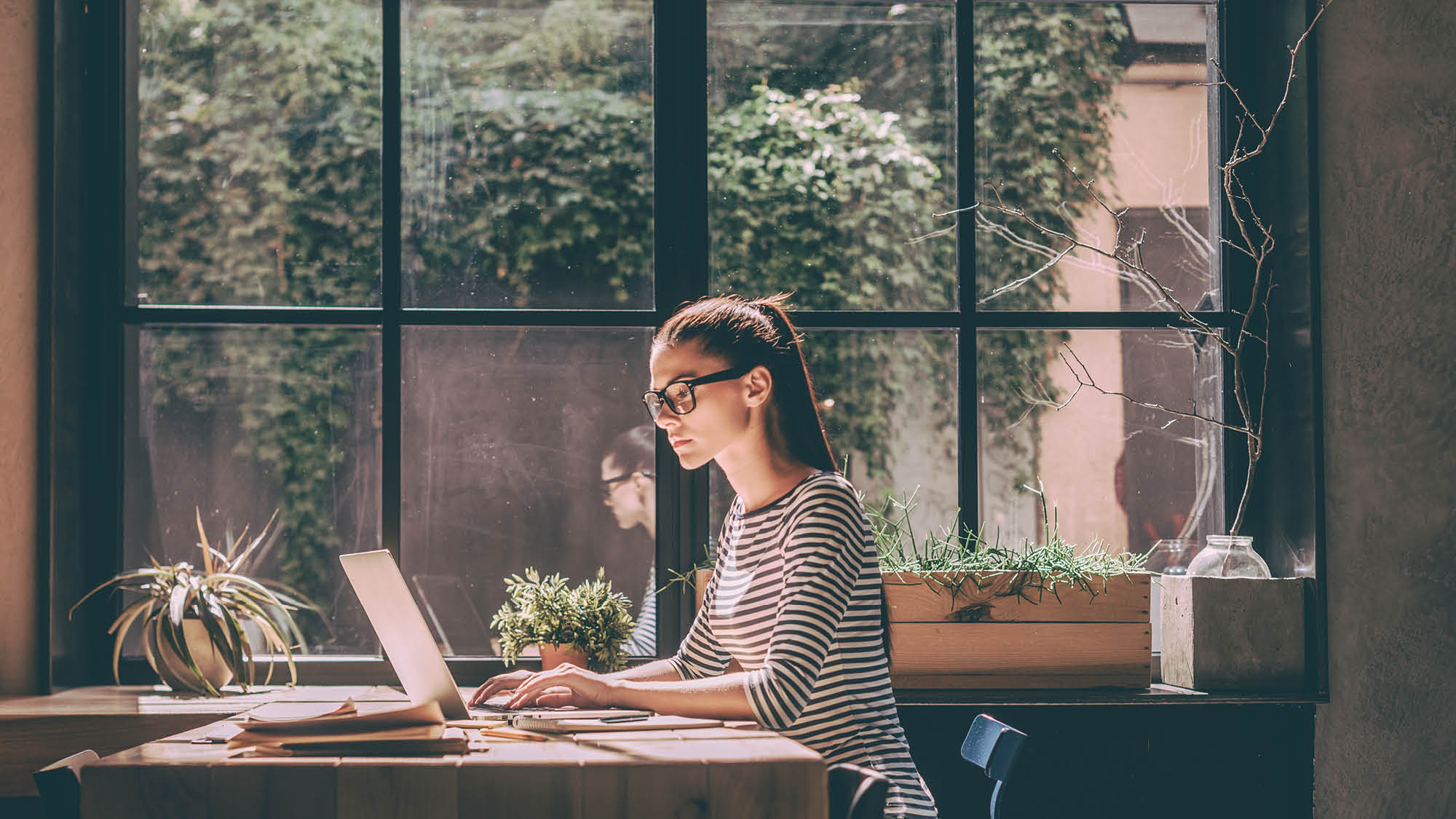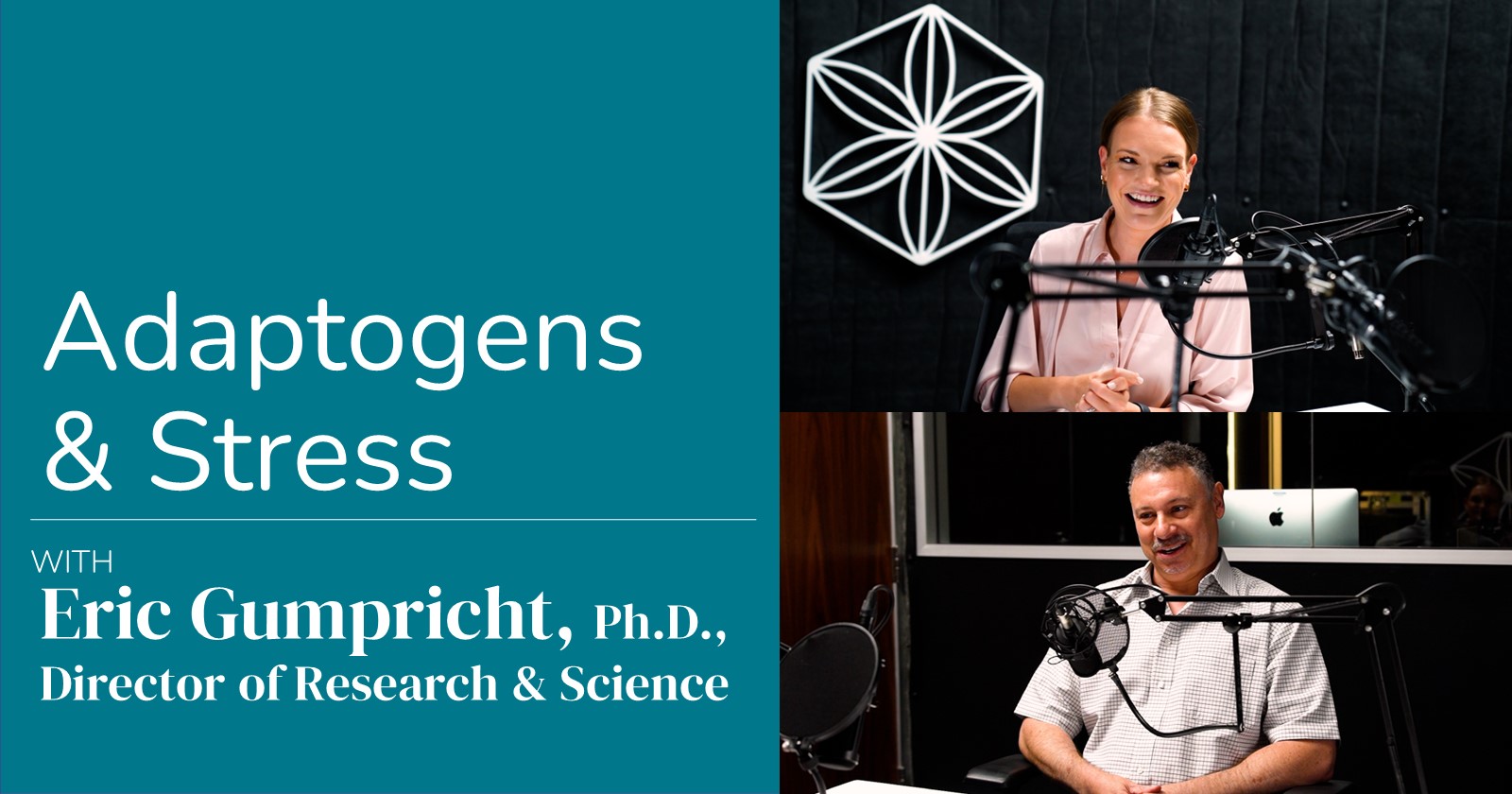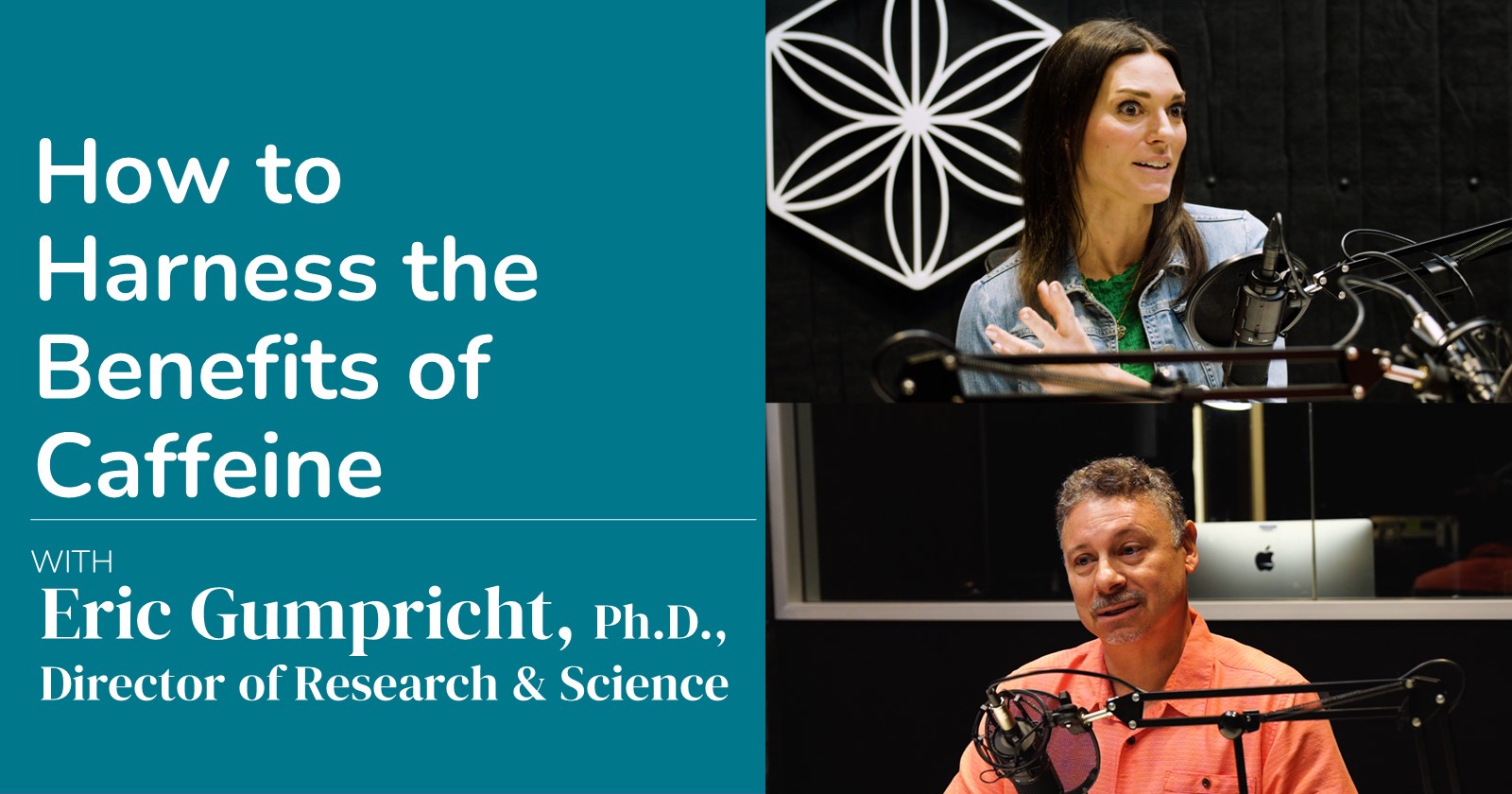Imagine yourself on a typical day, finishing lunch and gearing up for what should be a productive afternoon. Just as you start to tackle the next item on your list, you’re hit with a sudden wave of drowsiness that leaves you nodding off despite your best efforts to stay focused.
If you can relate to this experience, you know that an “afternoon crash” can have a big impact on your day. The afternoon crash is shown to affect elite athletes, resulting in slower race times midafternoon compared to performances at other times of the day (1).
Researchers generally refer to it as “the post-lunch dip,” when many people experience low energy, drowsiness, and reduced performance in the midafternoon hours. It’s clear that what you choose to eat for lunch can either ease your sleepiness or make it worse, but research has shown that lunch is not the primary cause of the post-lunch dip.
In part, biology is to blame. Low energy and drowsiness in the midafternoon is part of the body’s normal circadian rhythm (2). Research examining physiological measures related to sleep, such as patterns of electrical activity in the brain, show a peak in the midafternoon hours (3, 4). These measures show that body systems prepare for sleep during the post-lunch hours of the day, often causing you to feel like you need a nap.
Biology is an underlying element in afternoon sleepiness, but research has shown that lifestyle and nutrition choices play an important role, too. These choices might make the difference between a productive afternoon or an afternoon of nodding off at your desk.
These four science-supported tips can help you conquer the afternoon crash.
-
Start with Sleep
It goes without saying that too little sleep at night will result in feeling tired during the day. Unfortunately, we may not always make sleep a priority, which can have a negative impact on both our productivity and well-being (5). The first step to overcoming your afternoon slump is to ensure you’re getting the recommended seven to nine hours of sleep each night.
-
Choose a Better Lunch
Eating a large fatty or starchy meal is a common trigger that makes afternoon drowsiness much worse. Research suggests that the type of high-calorie, fatty meal you might find at a drive-thru restaurant can significantly increase afternoon sleepiness and impair the performance of everyday tasks such as driving (6). Other research indicates that a fatty or starchy lunch can negatively impact mood and cognitive performance (7). Aim for a more healthful choice by focusing on balanced nutrition and reasonable portion sizes to fuel your afternoon, instead of feeling like you need a nap.
-
Use Caffeine Strategically
Caffeine can help to boost energy levels, alertness, and focus when used moderately and strategically. However, excessive caffeine use, particularly early in the day, may make an afternoon crash worse. The typical half-life of caffeine in the body means that the effects of a big morning coffee jolt fade around the same time as midafternoon sleepiness is at its peak (8). Drinking even more coffee during the afternoon may not be helpful, either, since consuming too much caffeine late in the day can interfere with sleep at night.
Individual sensitivity to caffeine varies, but 400 milligrams of caffeine per day, or the equivalent of three to five cups of coffee is considered moderate and compatible with a healthful diet (9). Aiming for moderate caffeine use spread evenly across the morning and early afternoon hours can be a helpful strategy. Seeking other options to boost energy and focus in addition to strategic caffeine consumption can also be helpful. Something as simple as a nourishing snack or as elevated as a nootropic supplement could be the right option to make your afternoon more productive.
-
Get Moving
If your day is spent in front of a computer screen, then it’s likely that you spend a lot of time sitting. Prolonged periods of sitting can be a factor that contributes to afternoon sleepiness. Research suggests that the more breaks you take from sitting, the less tired you may feel in the afternoon. In one study, research participants who broke up periods of sitting with short, light-intensity walking for three minutes every half hour were significantly less fatigued later in the day compared to when they stayed seated for long periods (10).
While the body’s natural circadian rhythms are part of the reason why many of us feel low on energy in the midafternoon hours, diet and lifestyle choices have a big influence, too. Getting adequate sleep at night, choosing more healthful lunch options, moderating caffeine use, and breaking up your day with movement are all effective strategies to help you conquer your afternoon slump.
References
- Monk TH. The post-lunch dip in performance. Clin Sports Med. 2005. Apr;24(2):e15-23, xi-xii
- Bes F, Jobert M, Schulz H. Modeling napping, post-lunch dip, and other variations in human sleep propensity. Sleep. 2009 Mar;32(3):392-8.
- Carskadon MA, Dement WC. Multiple sleep latency tests during the constant routine. Sleep. 1992;15:396–9.
- Lack LC, Lushington K. The rhythms of human sleep propensity and core body temperature. J Sleep Res. 1996 Mar;5(1):1-11.
- Jean-Louis G, Williams NJ, Sarpong D, Pandey A, Youngstedt S, Zizi F, Ogedegbe G. Associations between inadequate sleep and obesity in the US adult population: analysis of the national health interview survey (1977-2009). BMC Public Health. 2014 Mar 29;14:290.
- Reyner LA, Wells SJ, Mortlock V, Horne JA. ‘Post-lunch’ sleepiness during prolonged, monotonous driving – effects of meal size. Physiol Behav. 2012 Feb 28;105(4):1088-91.
- Lloyd HM, Green MW, Rogers PJ. Mood and cognitive performance effects of isocaloric lunches differing in fat and carbohydrate content. Physiol Behav. 1994 Jul;56(1):51-7.
- Lelo A, Birkett DJ, Robson RA, Miners JO. Comparative pharmacokinetics of caffeine and its primary demethylated metabolites paraxanthine, theobromine and theophylline in man. Br J Clin Pharmacol. 1986 Aug;22(2):177-82.
- U.S. Department of Agriculture and U.S. Department of Health and Human Services. Dietary Guidelines for Americans, 2020-2025. 9th Edition. December 2020. Available at DietaryGuidelines.gov.
- Wennberg P, Boraxbekk CJ, Wheeler M, Howard B, Dempsey PC, Lambert G, Eikelis N, Larsen R, Sethi P, Occleston J, Hernestål-Boman J, Ellis KA, Owen N, Dunstan DW. Acute effects of breaking up prolonged sitting on fatigue and cognition: a pilot study. BMJ Open. 2016 Feb 26;6(2):e009630.





